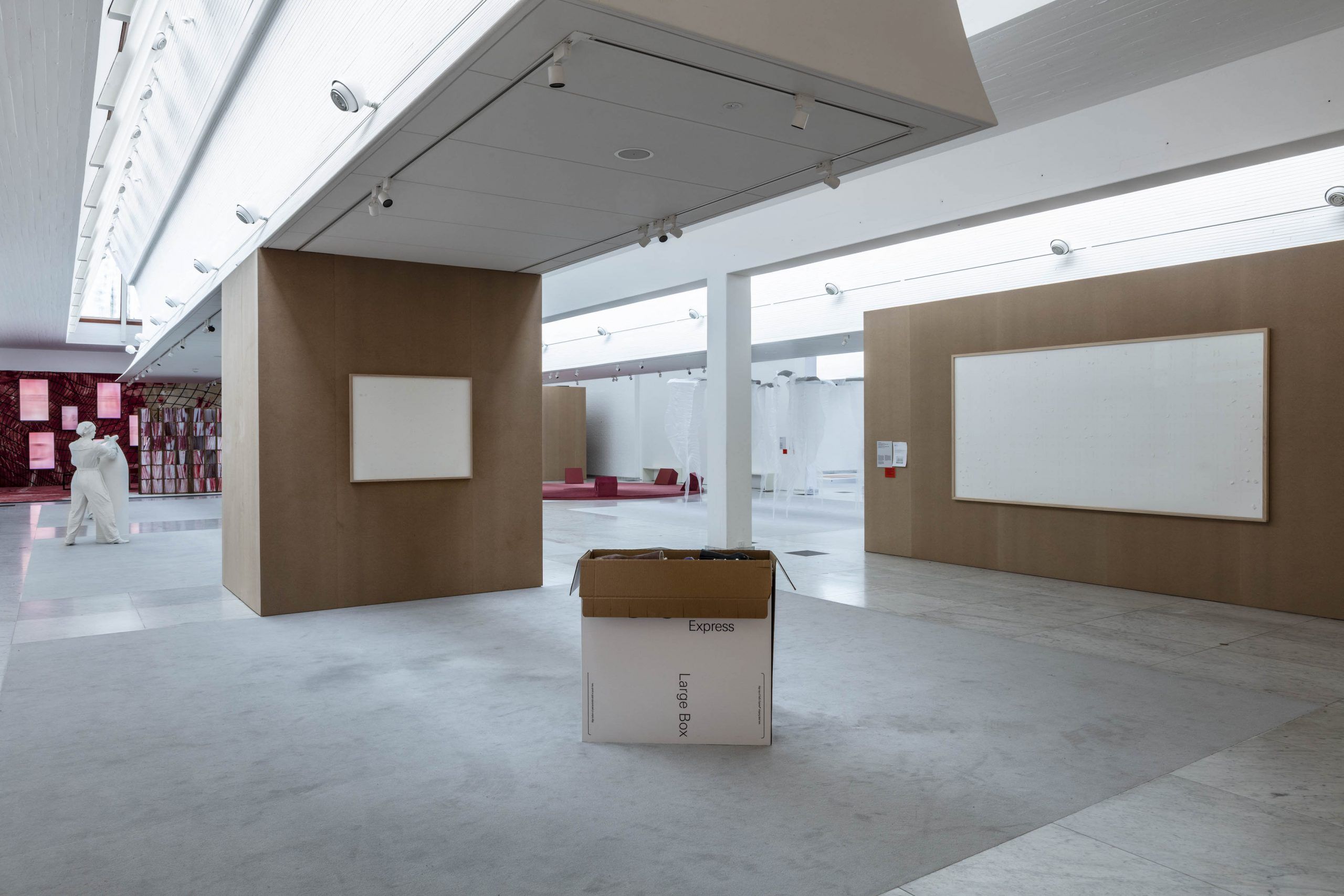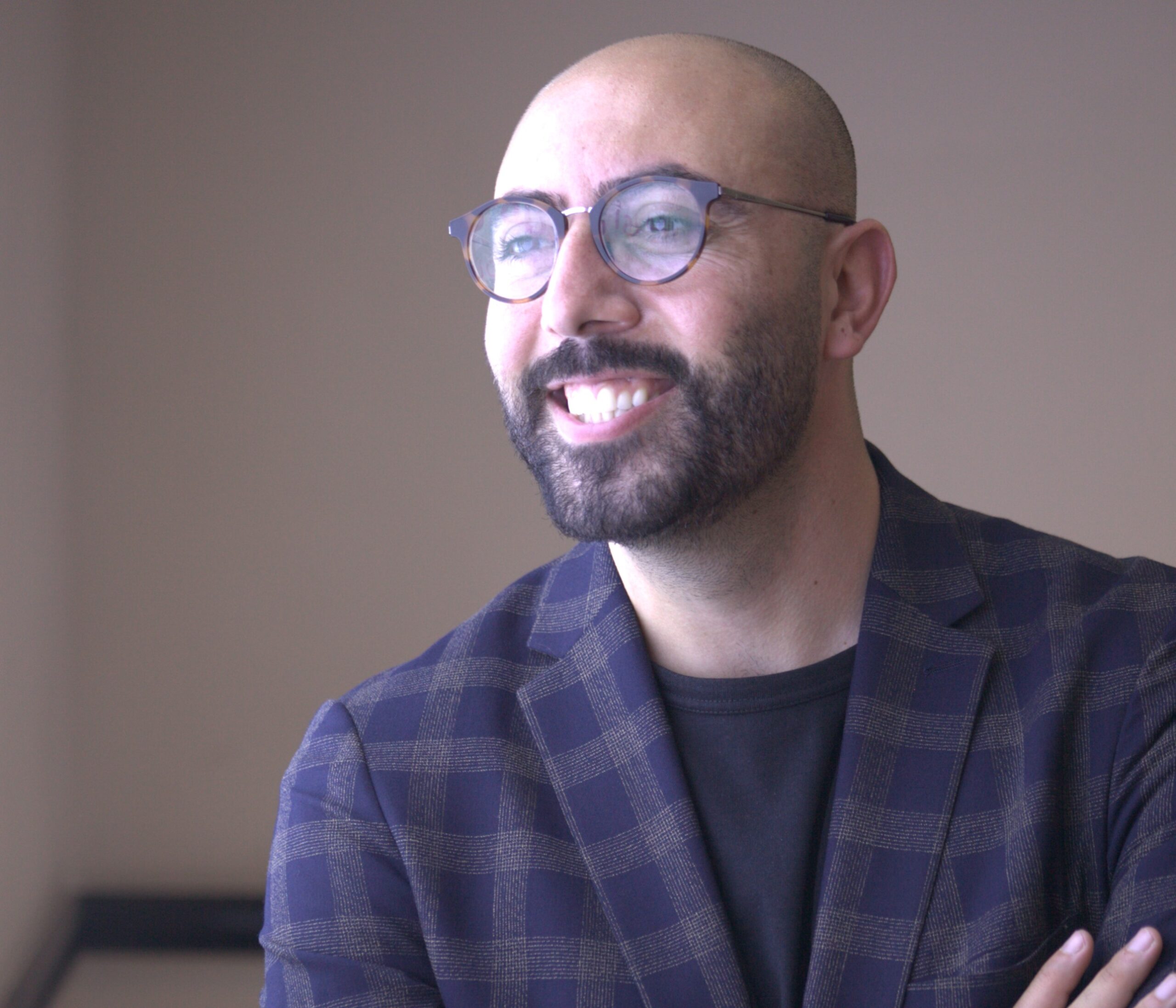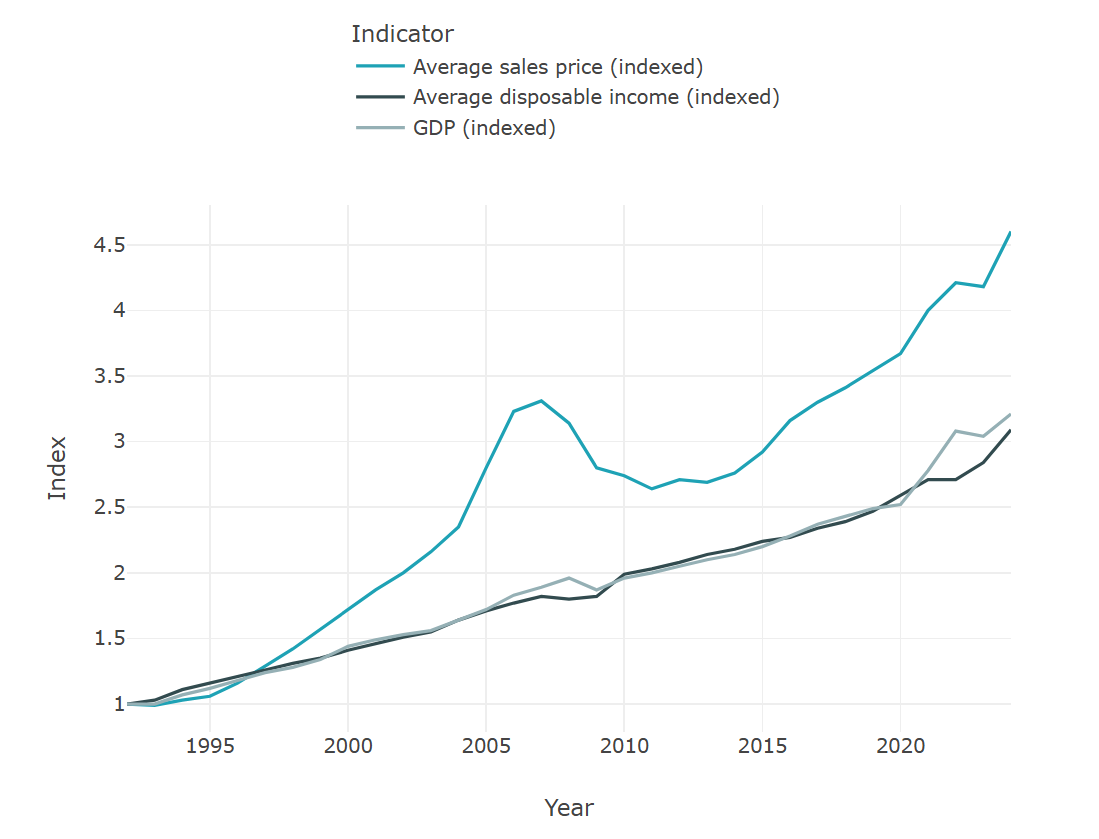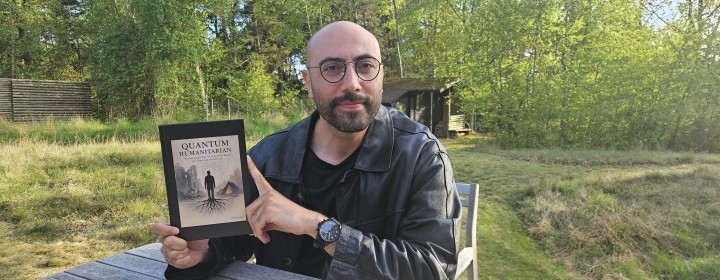You took the money and run, and now we’re chasing you, warns Kunsten, the Aalborg art gallery that artist Jens Haaning borrowed 532,549 kroner from to recreate two of his works, but then defiantly refused to pay back.
READ MORE: Artist attempts an ‘Emperor’s New Clothes’ trick at Danish art gallery
Kunsten had given Haaning until January 16 to pay back the funds and, following his failure to do so, it has confirmed it will be taking legal action. A civil lawsuit is forthcoming.
At present, it is not a police matter, though.
Worldwide publicity
“We take this step because we have a responsibility to the private foundations that support this exhibition financially, and we have a responsibility to our guests in relation to giving them as many experiences as possible for the money,” explained the museum’s director, Lasse Andersson, to aalborgnu.dk.
However, Andersson conceded that the exhibition in which Haaland’s work appeared – two framed blank canvases that should have contained banknotes, which he called ‘Take the Money and Run’ – was more popular than anticipated.
Certainly, Haaland’s action generated worldwide publicity for the ‘Work it Out’ exhibition, which concluded on January 16.
“We have been happy with the exhibition, which has given both publicity to Kunsten, but certainly also to Jens Haaning. But we relate to the fact that we have made money available, which must be returned. You can not change that because you think it has been more opportune,” he reasoned.
Artist remains defiant
Andersson remains adamant the matter will not be reported to the police because Kunsten does not want to “escalate the case further”.
Haaning is equally adamant he will not return the money. He confirmed this to DR only last week.
Meanwhile, Haaning’s fame continues to increase. Last week, the Hindustan Times picked his work as its art highlight of 2021, while British magazine The Week also found room for the story in its tabloid stories review of the year.














